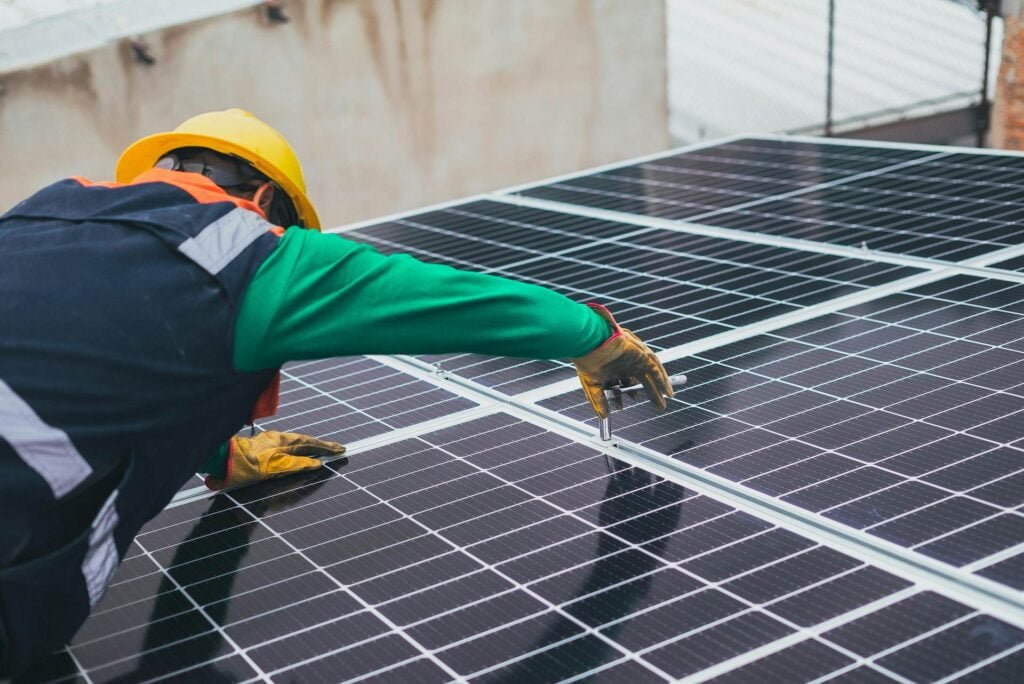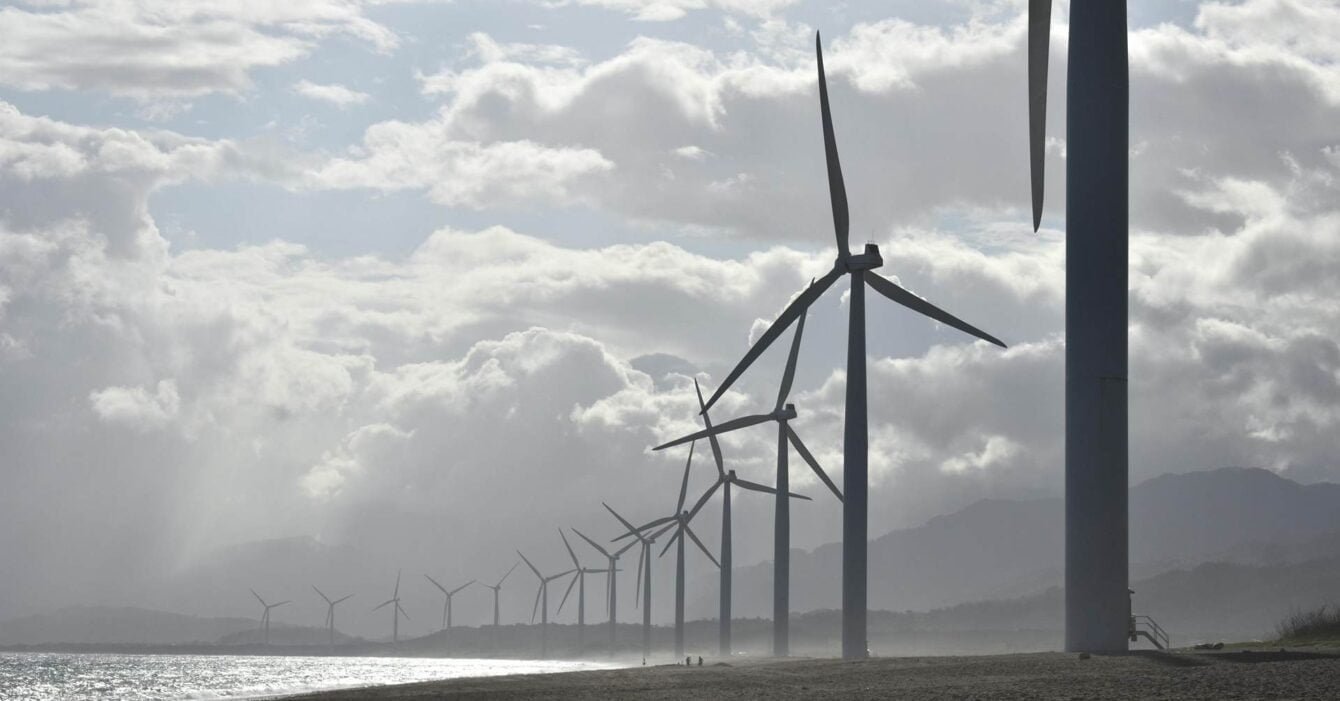Exploring the Development of the Renewable Energy Sector in the Philippines
The Philippines has emerged as a leader in renewable energy within Southeast Asia, driven by a combination of forward-thinking policies and significant investment. The government’s commitment to transforming the energy landscape is evident in its ambitious targets and the numerous projects underway. This article looks into the growth of renewable energy Philippines is witnessing, highlighting key projects, government policies, investment opportunities, and the environmental impact of these efforts.
Key Projects in the Philippines’ Renewables Sector
One of the most notable projects in the renewable energy Philippines is the massive solar array initiated by Solar Philippines at the start of 2024. This project is expected to become the world’s largest solar array, with a capacity of 4 GW upon its completion in 2026. The Department of Energy (DOE) projects nearly 2 GW of new solar capacity will be commissioned in 2024 alone, a significant milestone that underscores the country’s dedication to renewable energy.
Additionally, the DOE anticipates the start of commercial operations for several other renewable energy projects, totaling 4.2 GW. This includes substantial investments in battery energy storage, with 590 MW expected to be commissioned, enhancing the grid’s reliability and stability.

Progressive Policies Fueling Growth
The growth of renewable energy in the Philippines can be attributed to progressive government policies designed to attract investment and promote sustainable development. One of the most impactful changes has been the relaxation of restrictions on foreign ownership of renewable energy projects. This policy shift has opened the floodgates for international investment, resulting in a pipeline of 99 GW of wind and solar developments.
The government has also introduced an offshore wind development strategy, provided tariff and tax incentives, and mandated annual increases in renewable energy quotas for electricity suppliers. These initiatives align with the Philippines’ Renewable Energy Roadmap 2020-2040, which sets ambitious targets to have 35% of the nation’s power come from renewable sources by 2030, and 50% by 2040. As of 2022, renewables accounted for 23% of the power mix.
Investment Opportunities in the Clean Energy Sector
The renewable energy sector in the Philippines presents numerous investment opportunities. The country’s liberalized energy market, which allows private firms to participate in power generation and sales, has fostered an environment ripe for innovation and growth. Companies such as Oslo-based Scatec ASA, Japan’s Advantec, Singapore-based Vena Energy, and local firms like Citicore Renewable Energy Corporation and SP New Energy Corporation are actively involved in the country’s renewable projects.
In 2022, clean energy investment in the Philippines surged by 41% to $1.3 billion, driven by falling equipment costs and increased familiarity with renewable technologies. This trend is expected to continue, with projections indicating that the Philippines will lead regional growth in renewable energy capacity over the next five years.
Environmental Impact and Challenges
The remarkable transition to renewable energy in the Philippines is crucial for reducing the country’s reliance on coal and achieving global net-zero targets. However, this transition is not without challenges. The country must extend transmission lines across its archipelago of over 7,000 islands, expand grid capacity, enhance storage solutions, and streamline land permitting processes.
Despite these hurdles, the policy certainty and supportive regulatory environment in the Philippines have positioned the country as a renewable energy pacesetter in Southeast Asia. The ongoing efforts to scale up renewable capacity are expected to significantly reduce greenhouse gas emissions and mitigate the adverse impacts of climate change.
Conclusion
The remarkable transition to renewable energy Philippines is making has positioned the country as a beacon for its regional neighbors. With progressive government policies, abundant investment opportunities, and a clear roadmap for the future, the Philippines is set to emerge as a regional and global leader in renewable energy.

